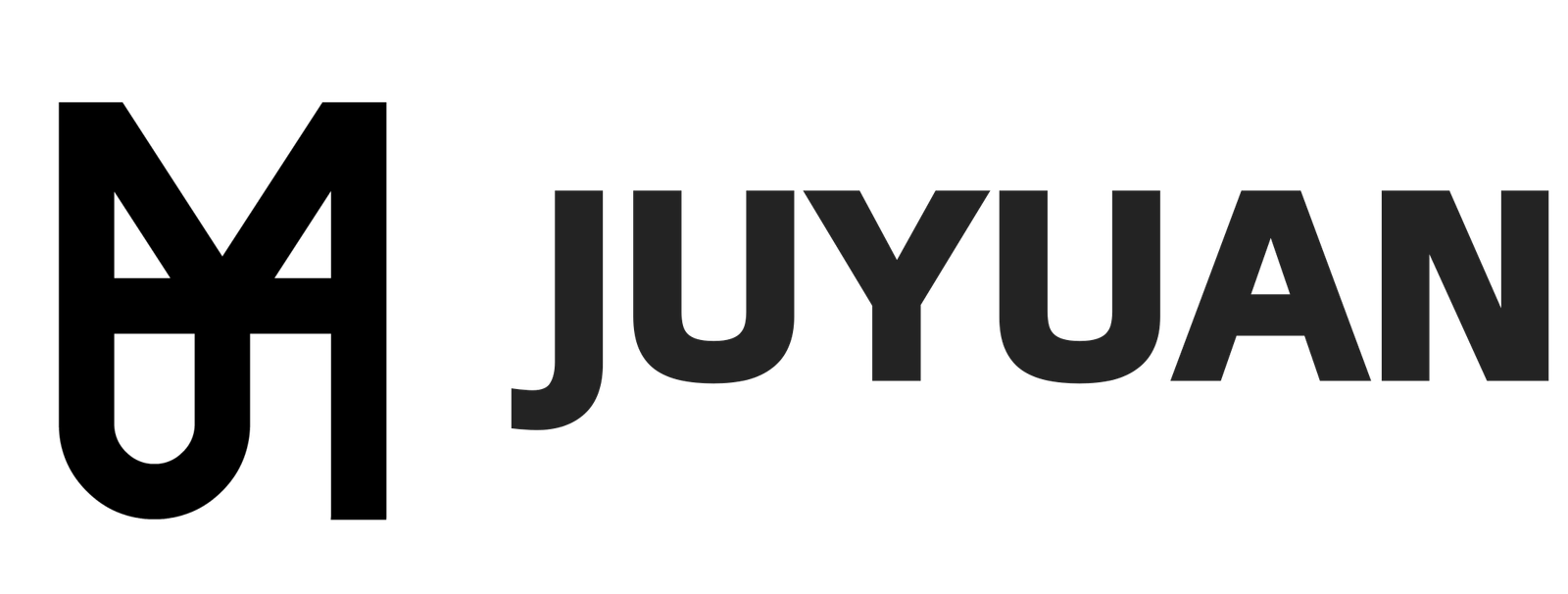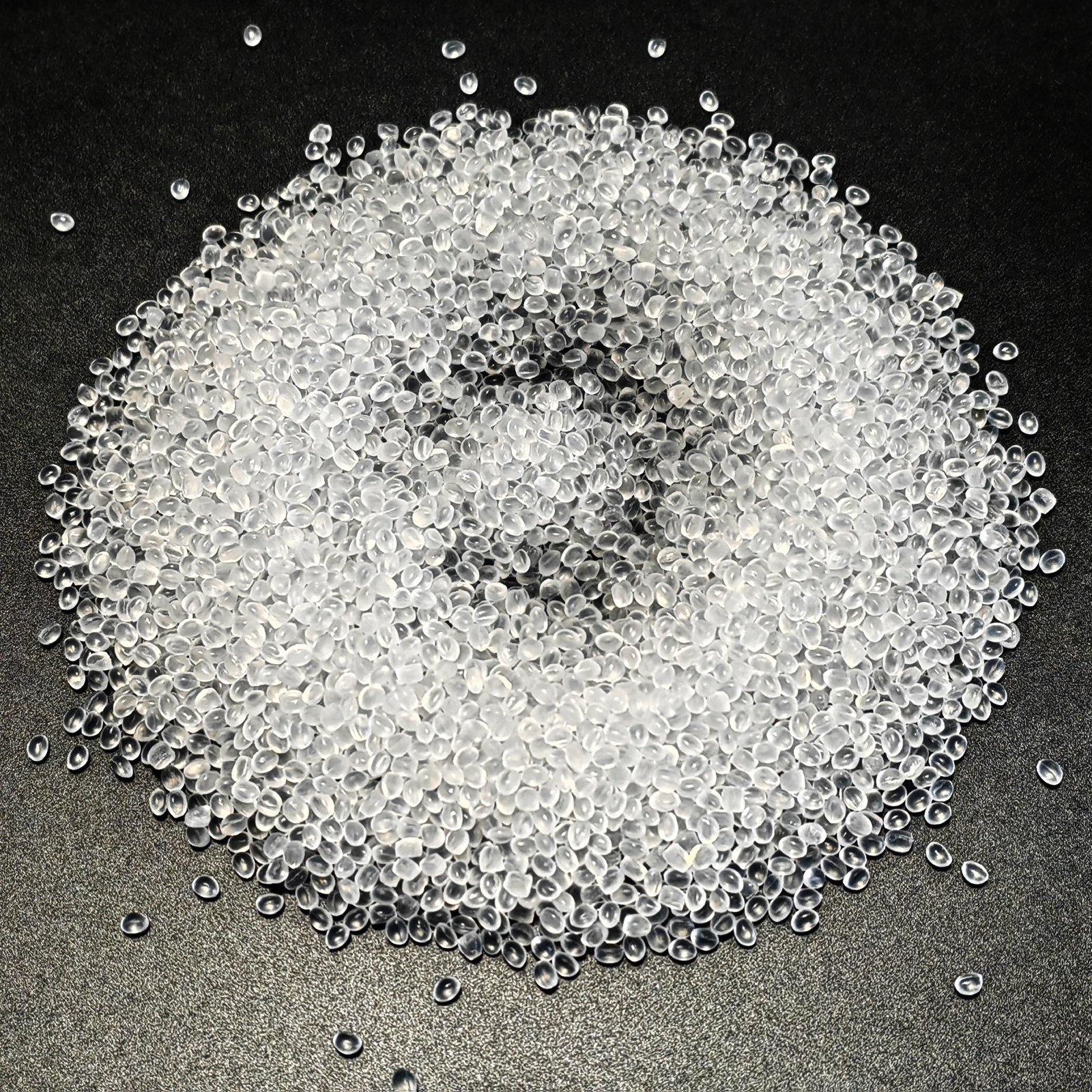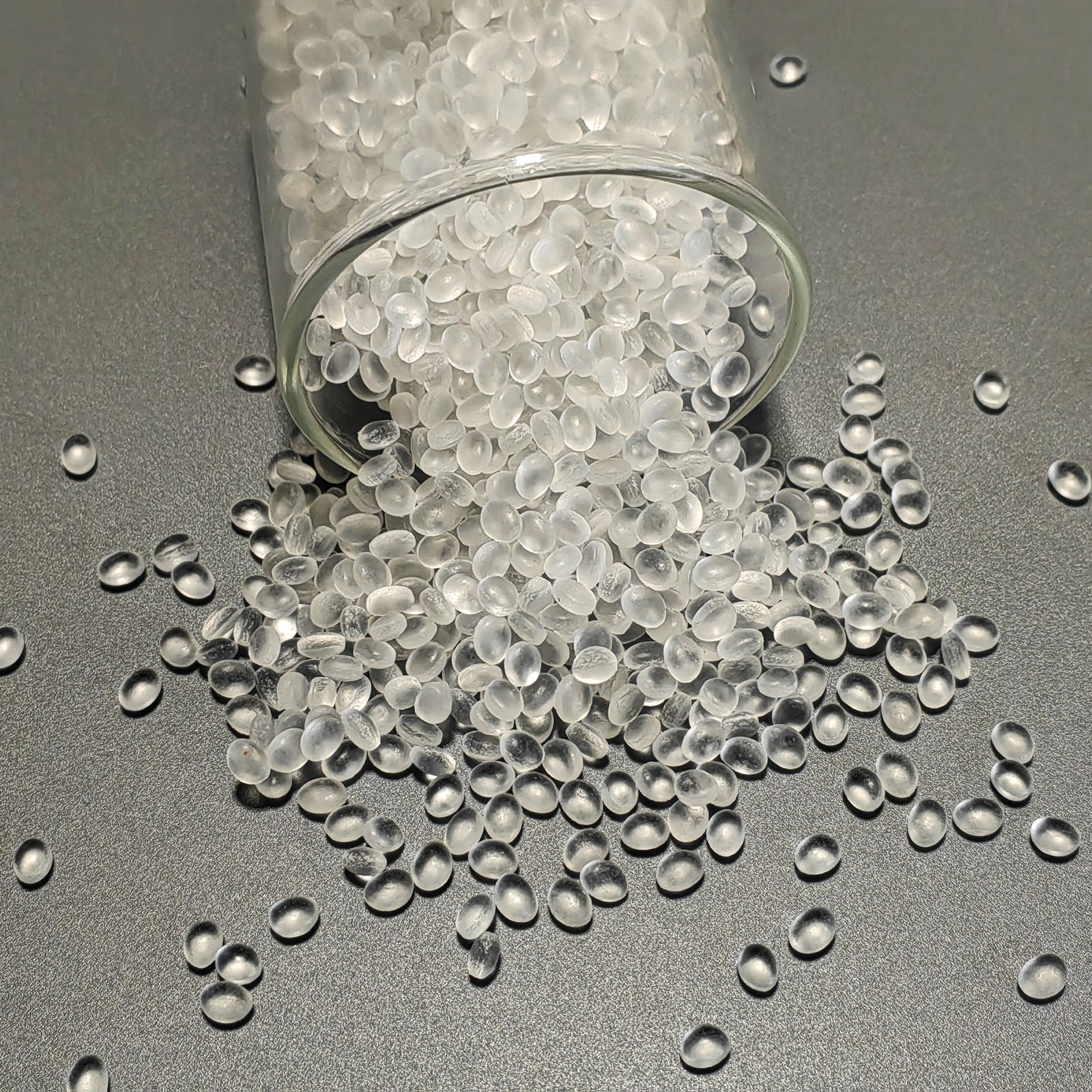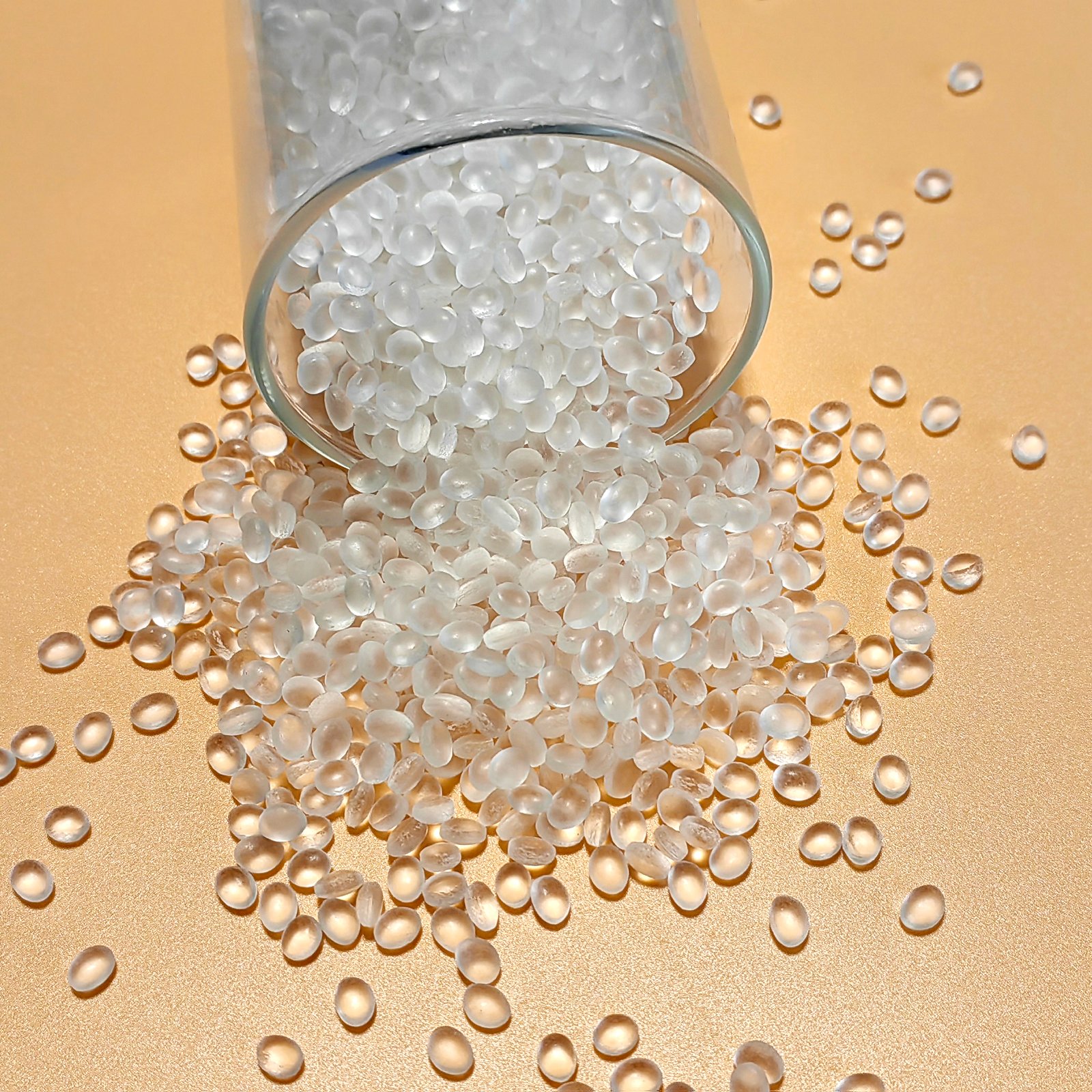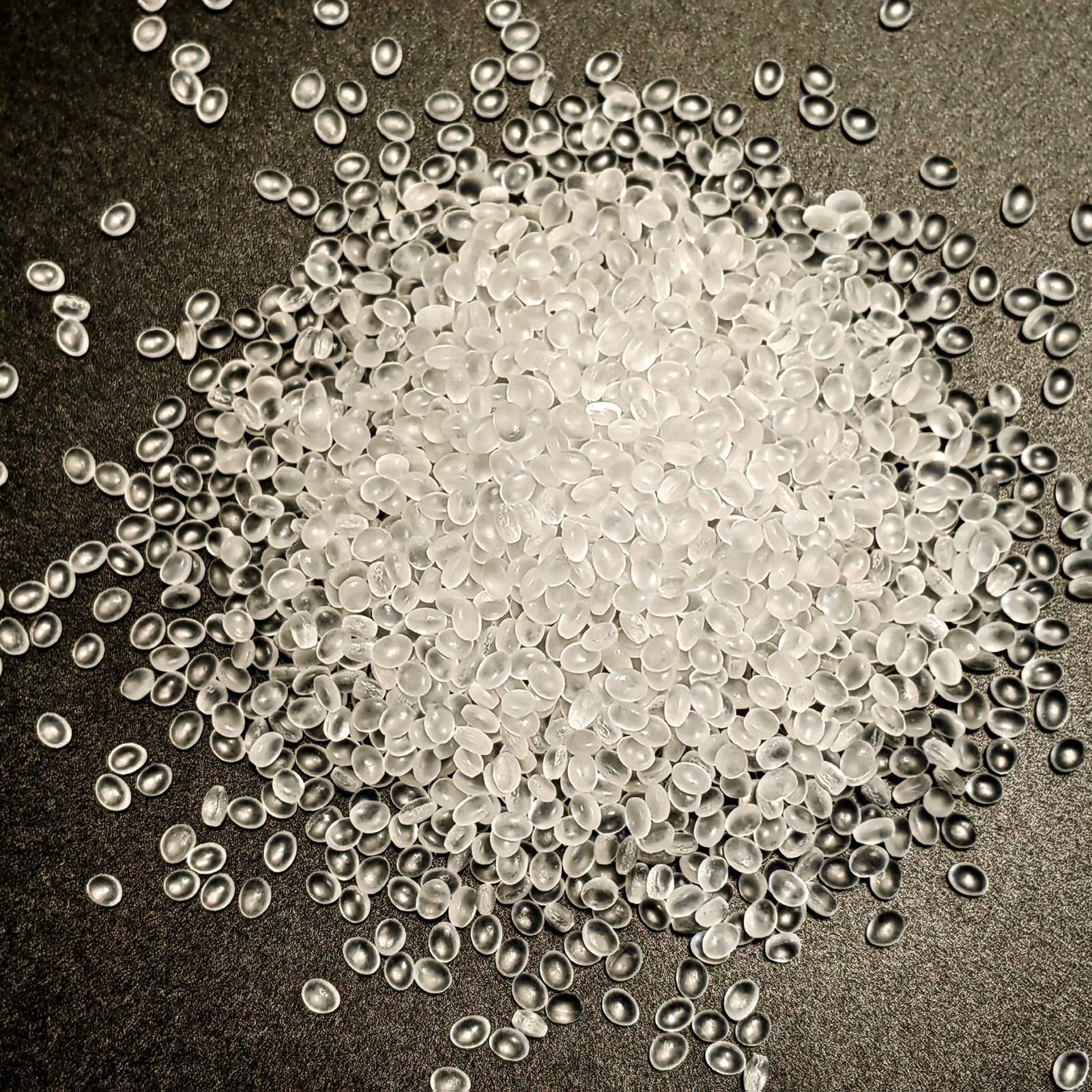สินค้า
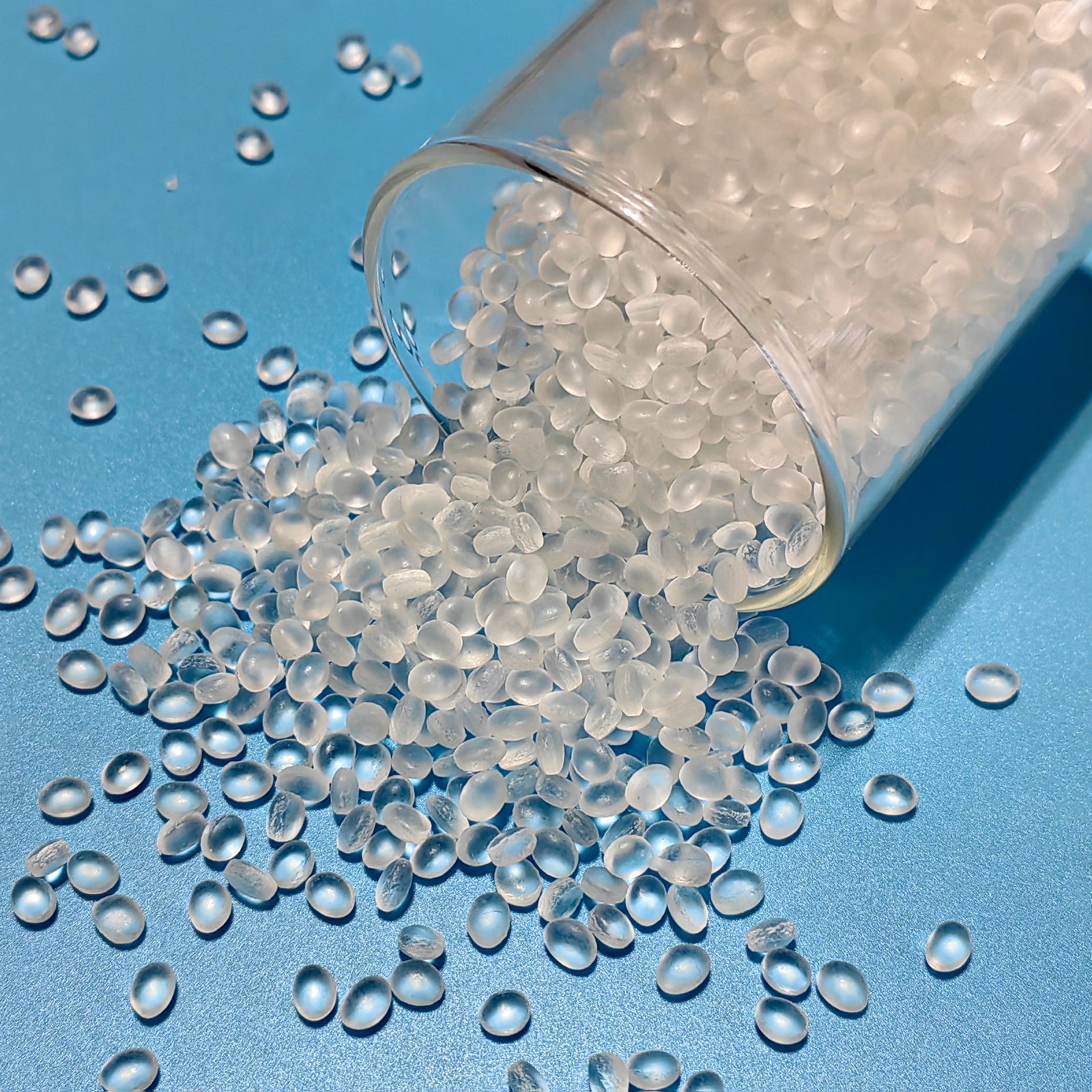

ภาพรวมวัสดุ POE | การใช้งานและ TDS ของ ExxonMobil POE 5371
โครงสร้างผลิตภัณฑ์
POE Material Overview - ExxonMobil POE 5371
In today's manufacturing demands that emphasize lightweight, flexibility and low-temperature impact resistance, ExxonMobil POE 5371 is becoming the focus of attention for many brand owners and processors. As an octagene metallocene ethylene-octene copolymer material, POE 5371 material not only has the ductility of soft polymers, but also shows good compatibility and adaptability in actual processing.

01 | POE Material characteristics: A delicate balance between flexibility and toughness
The essence of POE 5371 material is a polyolefin elastomer synthesized by ExxonMobil using a metallocene catalytic process. Its main structural feature lies in the appropriate introduction of octene monomer in the molecular chain, which enables it to have high elasticity while also having good heat resistance and structural stability. Typical physical properties are as follows:
・High elongation at break: 800%, featuring excellent elongation properties
・Tear strength: 34.3 KN/m, enhancing the edge wear resistance of the product
・Low specific gravity: 0.868g /cm³, which is conducive to the lightweight design of the overall product
・Strong processing adaptability: The melt index ranges from 5.0g /10min (190°C) to 10g /10min (230°C), adapting to different mold flow requirements
02 | Application scenario expansion: From shoe soles to high-transparency composite films
The performance setting of POE 5371 material determines that it can be "cross-industry applied" in multiple industries. Especially in the following fields, it performs outstandingly:
・Footwear and sole materials: Its high flexibility and excellent resilience make it an effective supplementary material to EVA/TPR
・Film products: Suitable for blow-molded films and cast films. Through blending modification, low-temperature flexibility and puncture resistance are enhanced
・Injection/extrusion molded products: such as sports equipment parts, automotive sealing strips, etc., taking into account both elasticity and structural support
・Foam application: It is suitable for high-performance foamed midsoles, packaging cushioning materials, etc., and performs well in terms of foaming ratio and elasticity
03 | POE Material performance at a glance: the design logic behind the performance data
| พฤติกรรมทางกล | เงื่อนไข | มาตรฐาน | ค่า | หน่วย | |||
| การยืดตัว | หยุดพัก | วิธีการภายใน | 800 | % | |||
| โมดูลัสแรงดัดงอ | 1% เซแคนท์ | วิธีการภายใน | 13 | MPa | |||
| ความต้านแรงดึง | 23°C 100% สายพันธุ์ | วิธีการภายใน | 2.3 | MPa | |||
| ความต้านแรงดึง | 23°C 300% สายพันธุ์ | วิธีการภายใน | 2.90 | MPa | |||
| ความต้านแรงดึง | หยุดพัก | วิธีการภายใน | 5.7 | MPa | |||
| ความแข็งแรงในการฉีกขาด | ตายซี | วิธีการภายใน | 34.3 | KN/ม. | |||
| ความร้อน | เงื่อนไข | มาตรฐาน | ค่า | หน่วย | |||
| อุณหภูมิการหลอมละลาย | วิธีการภายใน | 58 | องศาเซลเซียส | ||||
| อุณหภูมิการทำให้นิ่มของ Vicat | วิธีการภายใน | 50.6 | องศาเซลเซียส | ||||
| คุณสมบัติทางกายภาพ | เงื่อนไข | มาตรฐาน | ค่า | หน่วย | |||
| ความหนาแน่น | มาตรฐาน ASTM D1505 | 0.868 | กรัม/ซม.³ | ||||
| ดัชนีการหลอมละลาย | 190°C 2.16กก. | มาตรฐาน ASTM D1238 | 5.0 | ก./10 นาที | |||
| ดัชนีการหลอมละลาย | 230°C 2.16กก. | มาตรฐาน ASTM D1238 | 10 | ก./10 นาที | |||
| ความหนืดของมูนีย์ | ML1+4 125 องศาเซลเซียส | วิธีการภายใน | 8 | มิว | |||
| ความแข็ง | เงื่อนไข | มาตรฐาน | ค่า | หน่วย | |||
| ความแข็งของชายฝั่ง A | วิธีการภายใน | 68 | |||||
| ความแข็งของชายฝั่ง D | วิธีการภายใน | 17 | |||||
04 | Dual guarantee of low-temperature toughness and structural stability
In cold environments, POE 5371 can still maintain excellent shock resistance characteristics, which gives it obvious market application advantages in severely cold regions such as North America and Northeast Asia. Its glass transition temperature is below -50°C, providing material support for the development of many products that have strict requirements for low-temperature impact resistance.
In addition, its Vicat softening temperature reaches 50.6°C, and it can maintain stable deformation control during multiple thermal cycles or compound processing, which is conducive to the molding of complex-structured products.
05 | Compatibility and modification potential: The advantages of an open materials platform
POE 5371 has excellent blending properties in different matrices, especially suitable for blending modification with conventional polyolefin materials such as PE and PP to enhance the flexibility and low-temperature toughness of the products. For many products that have high requirements for high transparency and soft touch, it is an ideal toughening and elastic adjustment solution.
06 | Why choose the POE material we provide?
As a supplier with 24 years of experience in plastic materials trading and technical support, we are not only familiar with the product features of global mainstream brands such as ExxonMobil, but also can provide you with full-process suggestions based on performance, processing methods and end applications when you encounter material selection difficulties. Our advantages include:
・Provide free samples quickly to support customers in conducting small-batch samples and performance evaluations
・Assist in addressing technical challenges such as formula adjustment and compatibility blending
・Flexible supply channels, suitable for different batch purchasing and delivery time requirements
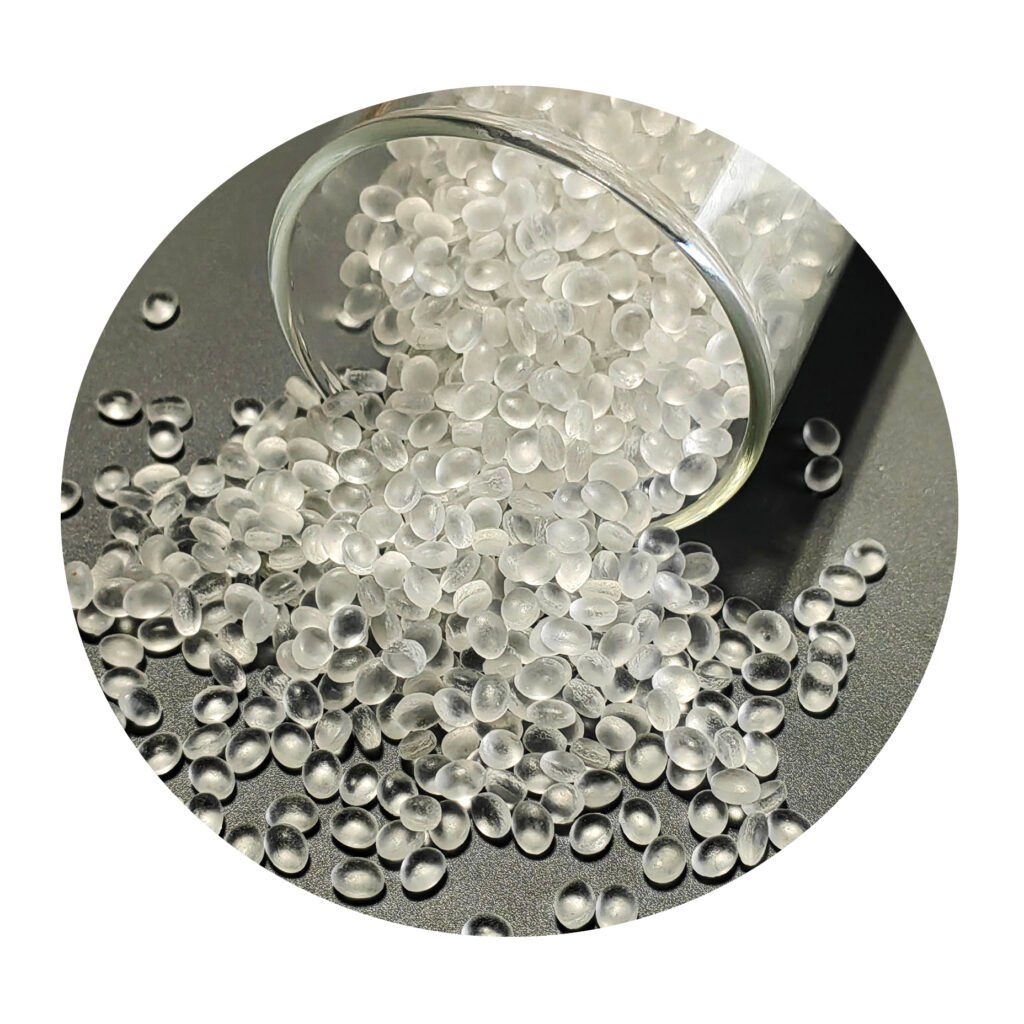
【ข้อแนะนำที่เกี่ยวข้อง】
POE C11075DF: โพลีโอเลฟินเมทัลโลซีนน้ำหนักเบาสำหรับยานยนต์และการใช้งานโฟม เรียนรู้เพิ่มเติม>
โพอี LC670: อีลาสโตเมอร์โพลีโอเลฟินอเนกประสงค์สำหรับนวัตกรรมยานยนต์และรองเท้า เรียนรู้เพิ่มเติม>
HDPE เทียบกับ LDPE เทียบกับ LLDPE: จะเลือกเรซินโพลีเอทิลีนที่เหมาะสมได้อย่างไร? คำแนะนำฉบับสมบูรณ์ในบทความเดียว เรียนรู้เพิ่มเติม>
